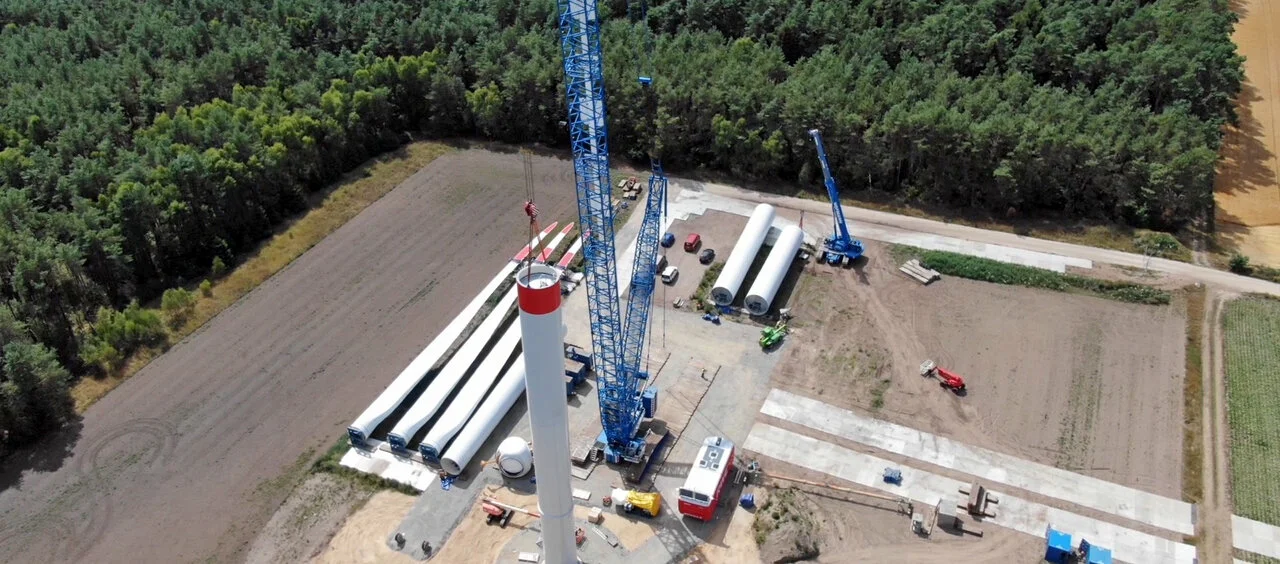The EU installed 15 GW of new wind power in 2022, according to industry association WindEurope, 36% more than the 11 GW installed in 2021.
The increase marks a significant acceleration in the rate of new installations. For the EU as a whole, installation rates have been fairly stable, averaging annually about 10 GW in the period 2013-2021, according to International Renewable Energy Agency data.
There was a marked contrast between the on- and offshore wind sectors. Around 90% of the new EU capacity was onshore, an increase of 57.3% over the 2013-2021 annual average. New offshore wind installations were up only 3.1% on the same basis.
By country, Germany, Sweden and Finland led in terms of new capacity installed, followed by Spain and France.
15 GW still below levels needed
The increase was achieved despite significant challenges facing the wind industry last year. These included rising prices for key inputs and commodities and disruptions to trade flows, making it difficult to source some materials and components, according to WindEurope.
However, despite the increase, 15 GW still falls short of the levels needed to meet the EU’s climate and energy security targets. This is not because of a lack of viable projects, WindEurope says, but mainly because of slow permitting.
The association estimates that, despite EU and member-state efforts to streamline processes, there is a massive 80 GW of wind projects bogged down in permitting across Europe.
In addition, almost all of the capacity installed last year was on greenfield sites, indicating that repowering rates across the EU are very low. Modern wind turbines are much larger and more efficient than those installed 15-20 years ago, which are now at the end of their lives.
WindEurope says that, on average, repowering triples wind farm output using one quarter fewer turbines. The lack of repowering therefore represents a significant missed opportunity.
Investment uncertainty rising
Other issues are also impacting the outlook for new installations in the EU. Europe saw a number of auctions last year, in which little new capacity was awarded, owing to poor auction design, according to WindEurope.
In addition, debate over proposed reforms to the EU’s electricity market and emergency measures agreed last year, which allow EU member states to set their own rules, create market uncertainty, negatively impacting developers’ willingness to invest.
By the end of November last year, total planned new investments in the EU covered only 12 GW of new capacity, suggesting last year’s momentum will not be sustained, even though the EU’s climate and energy security targets demand higher levels of investment.
According to WindEurope, Europe must invest in its industrial base to deliver the clean and digital transitions. Not least to emulate the comprehensive policy support for green technologies offered in other parts of the world, such as the US Inflation Reduction Act. The EU, national Governments and the European Investment Bank (EIB) all have a role to play in supporting investments in new and upgraded wind energy production facilities.
